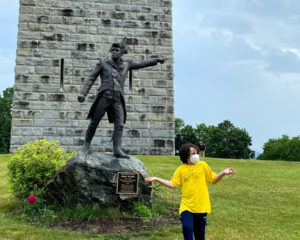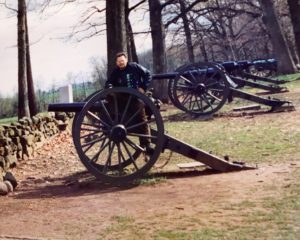Mary Wilkins Freeman was an American novelist and short story writer who studied in Brattleboro at the Glenwood Seminary which was at the site of this marker. She wrote more than two dozen novels and short stories during her career and in 1926 she became the first female winner of the William Dean Howells Medal for Distinction in Fiction presented to her by the American Academy of Arts and Letters.





